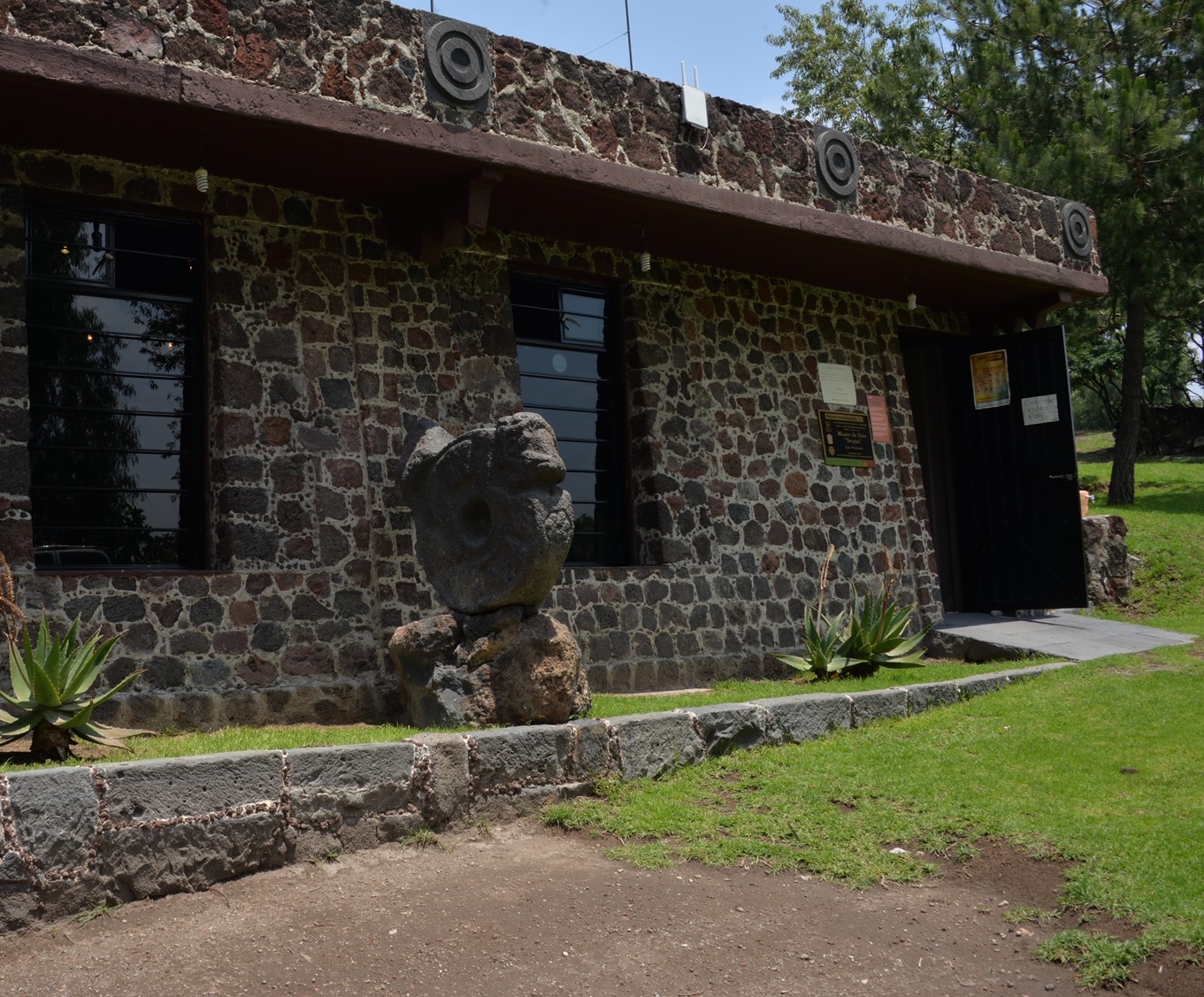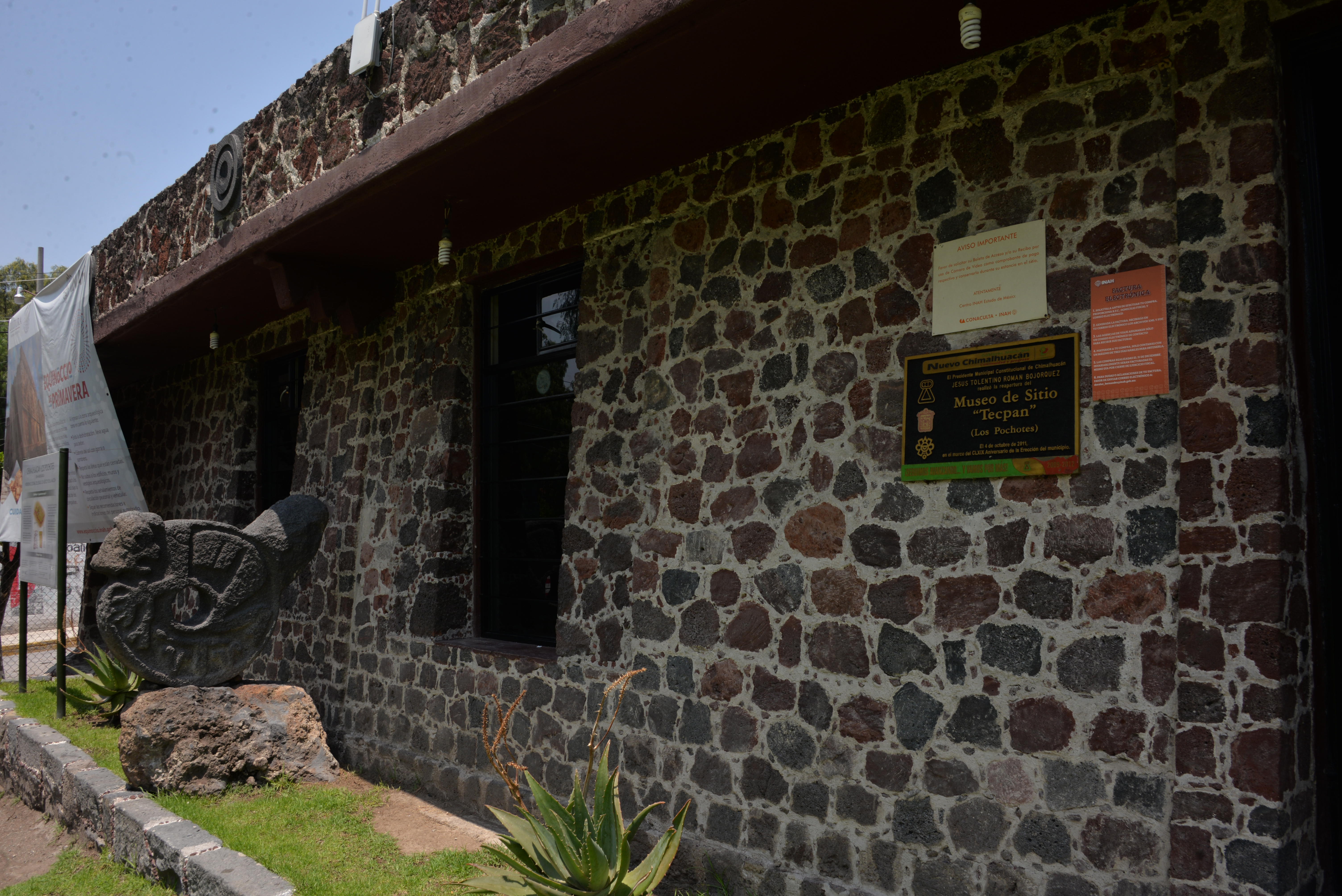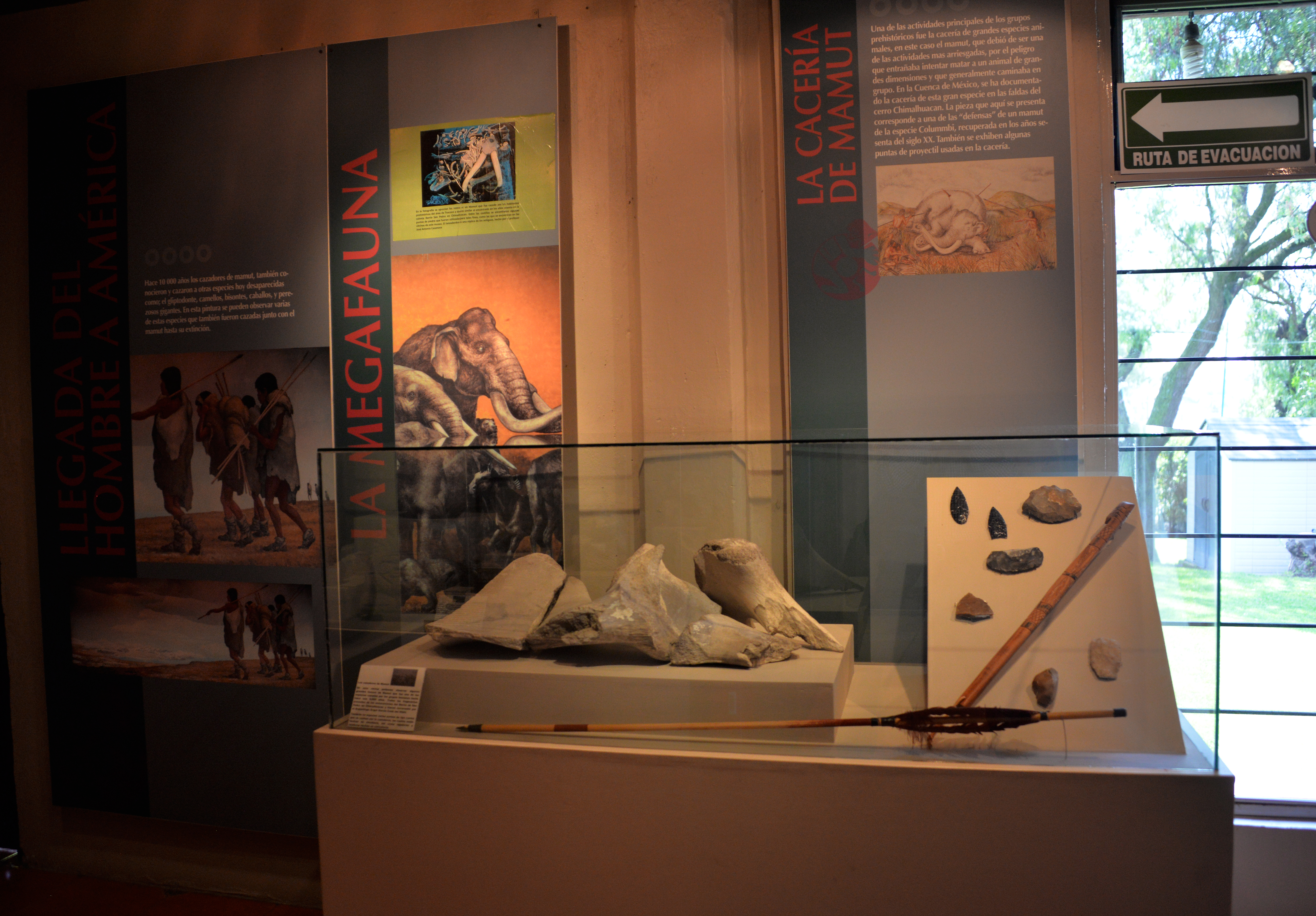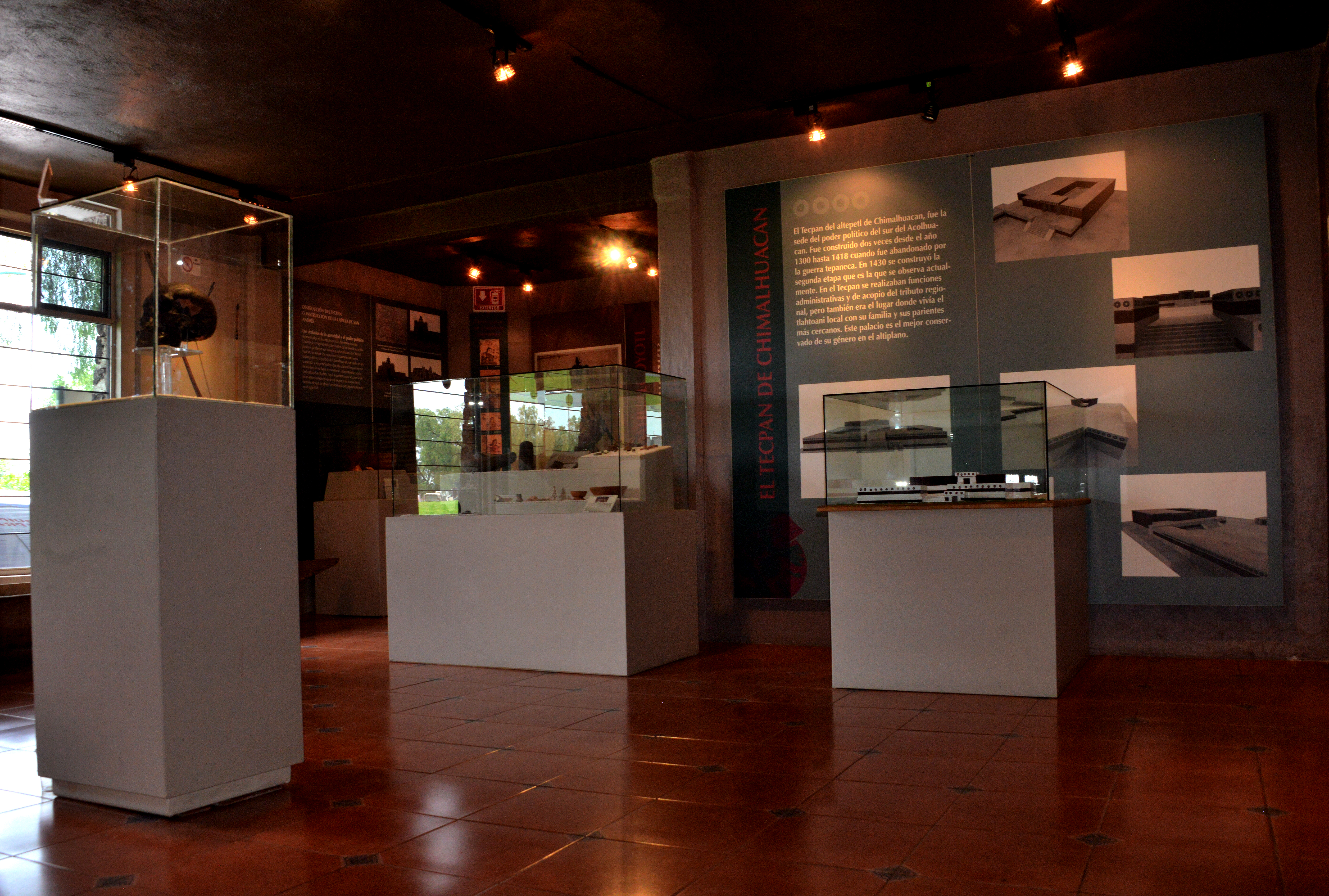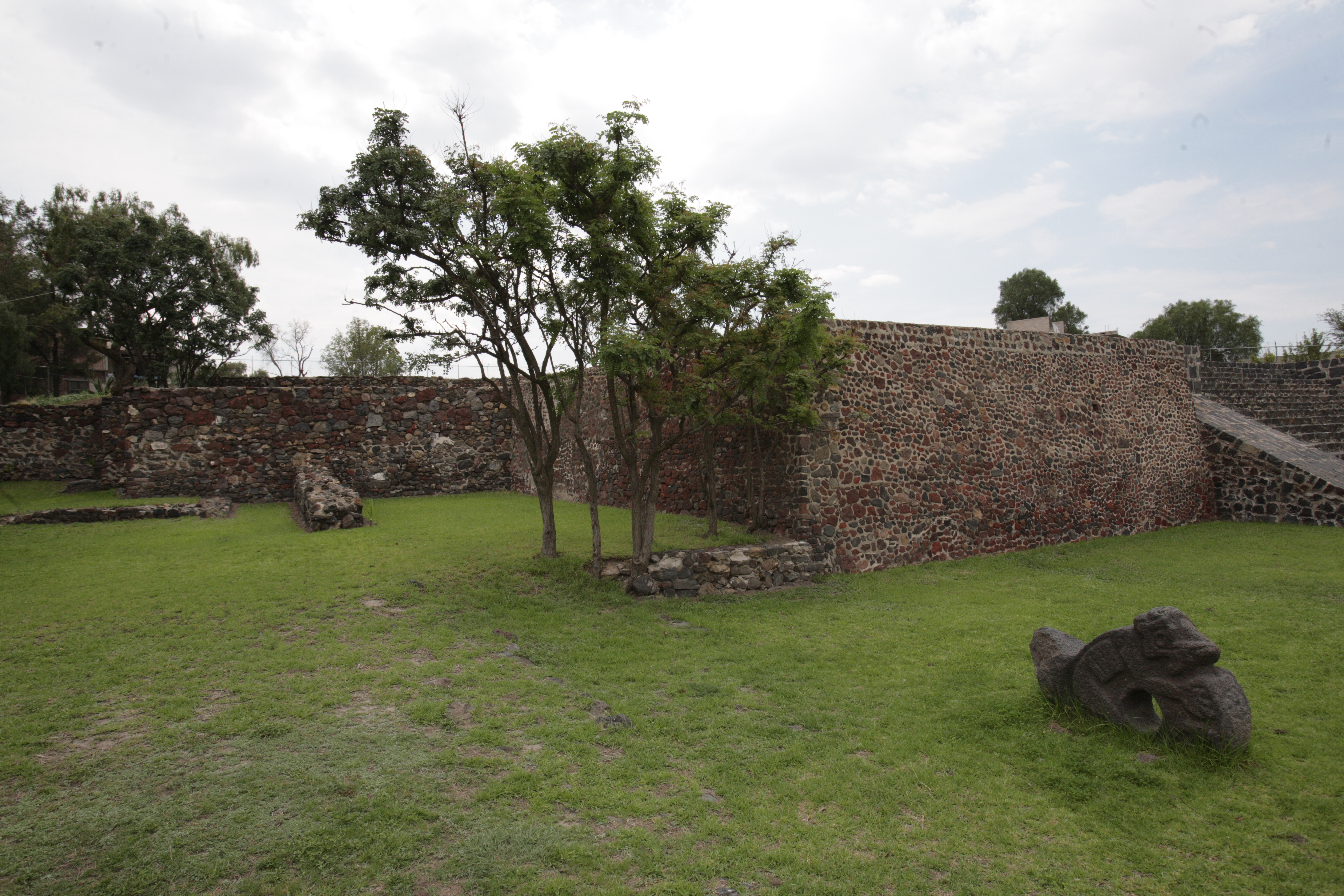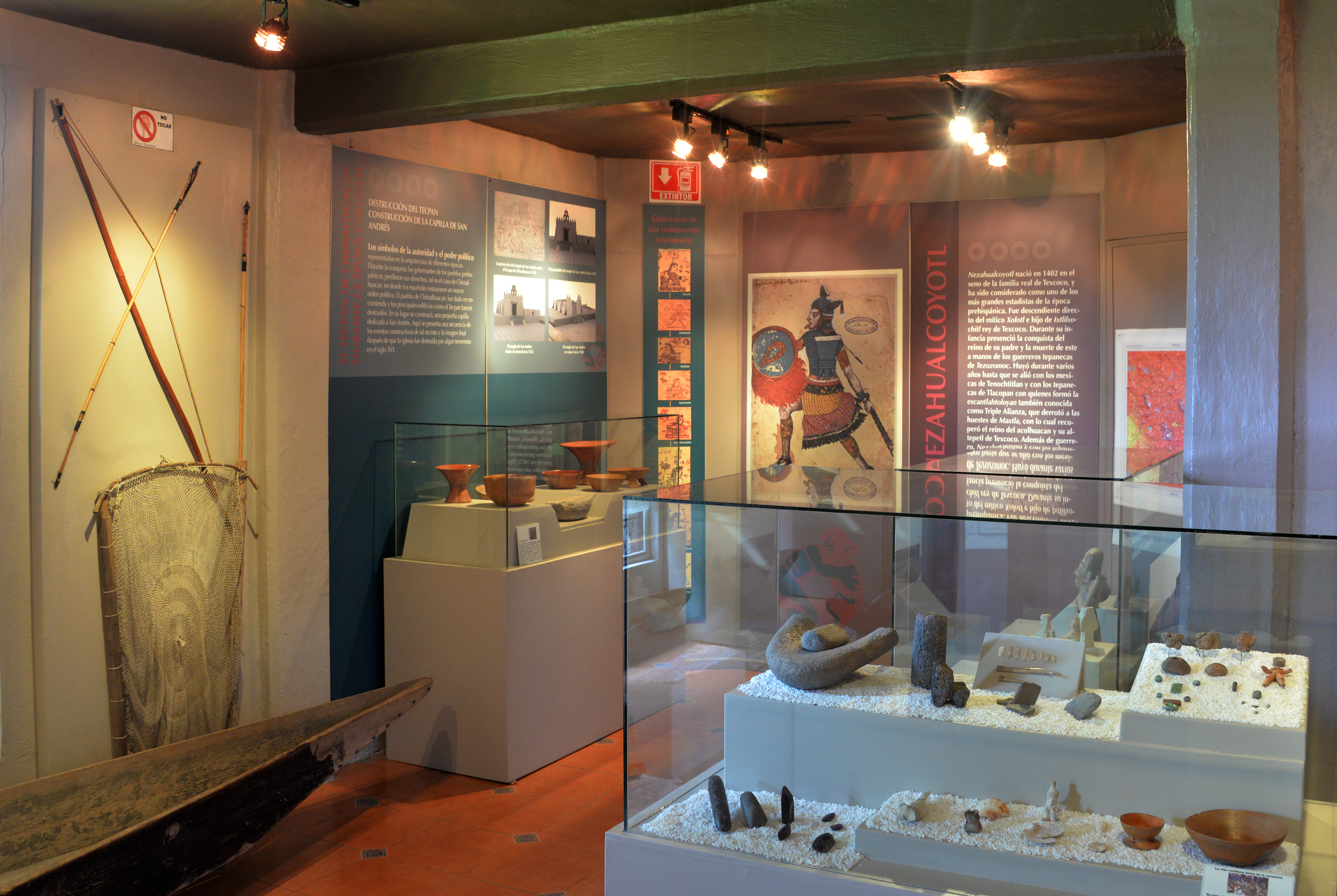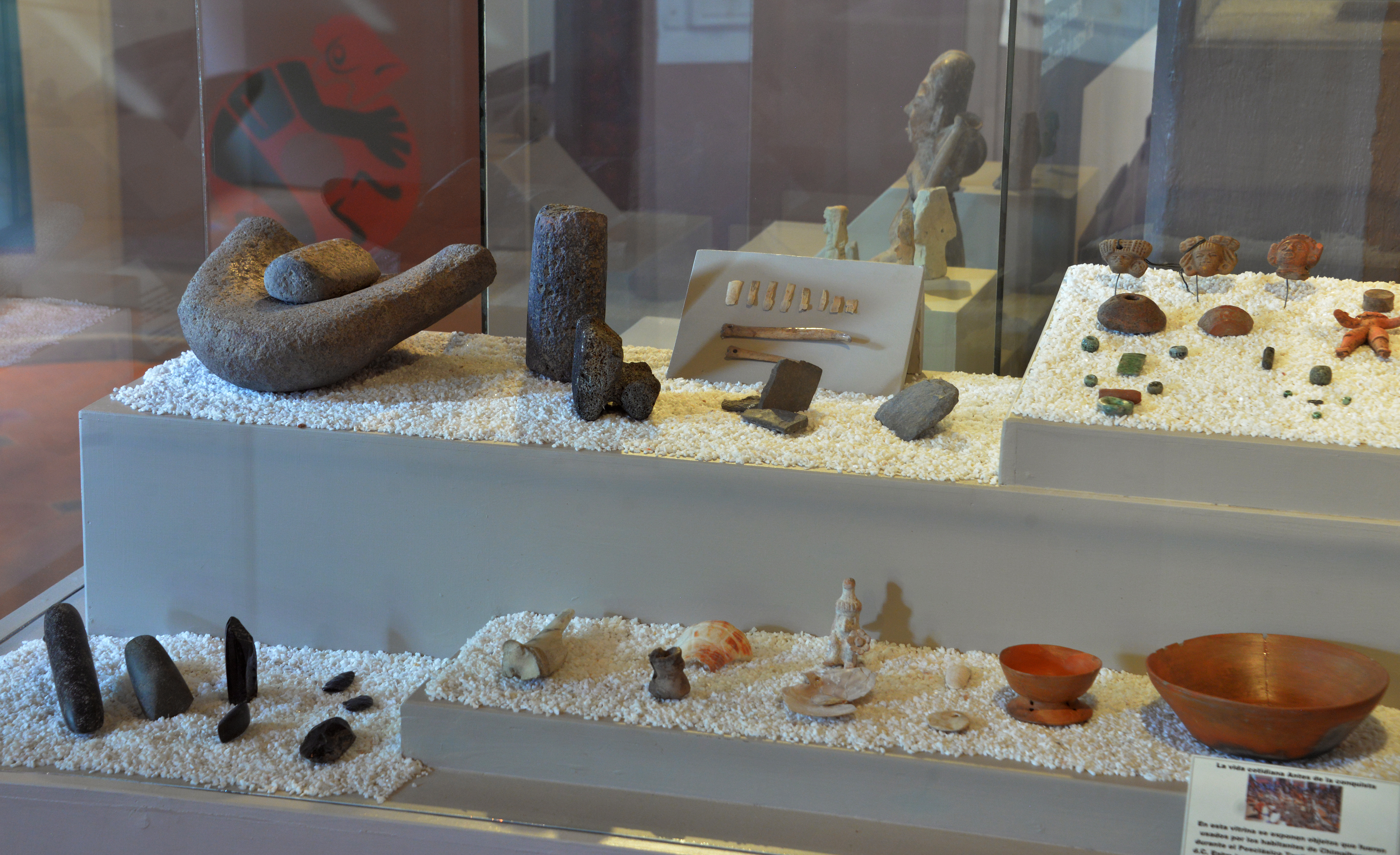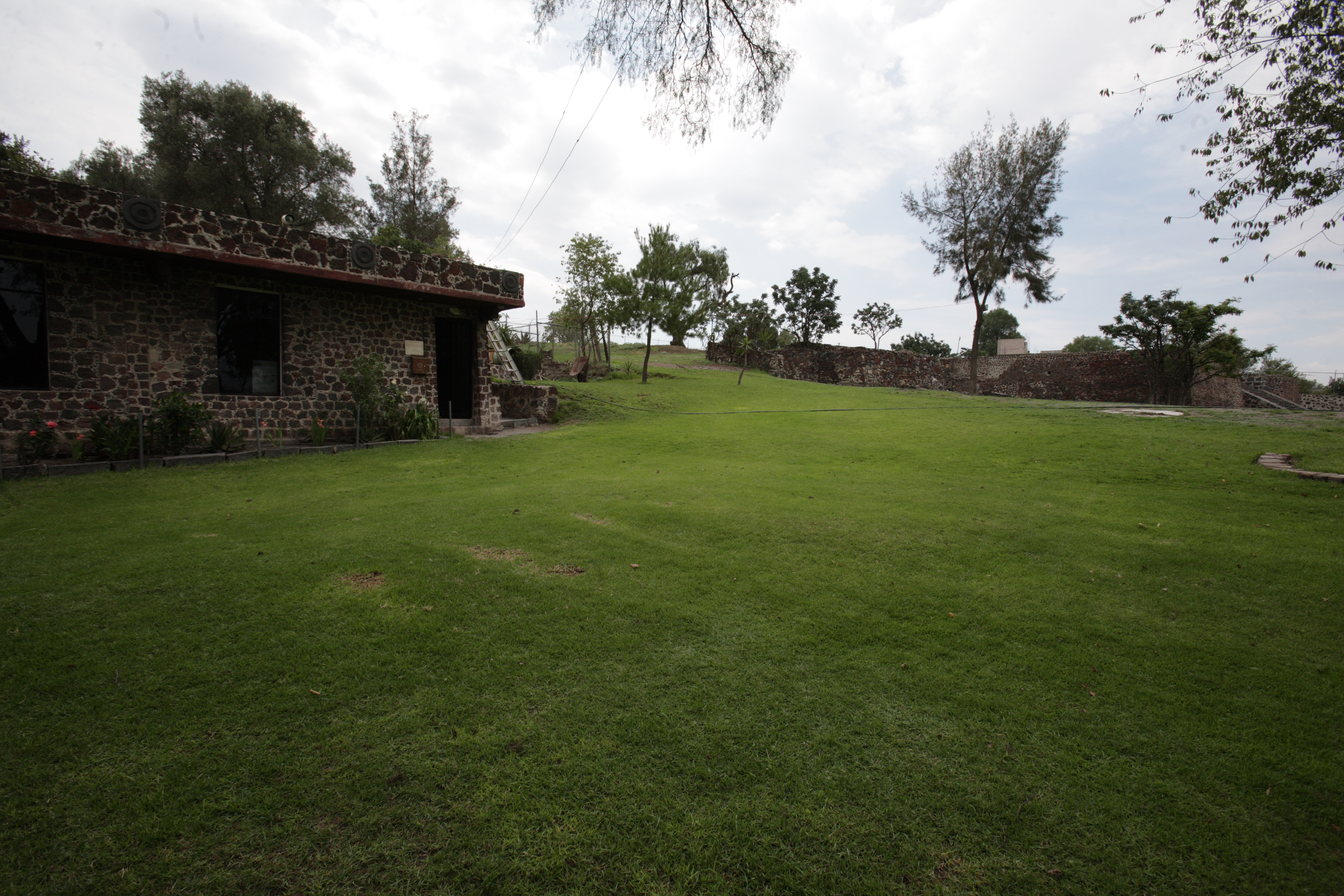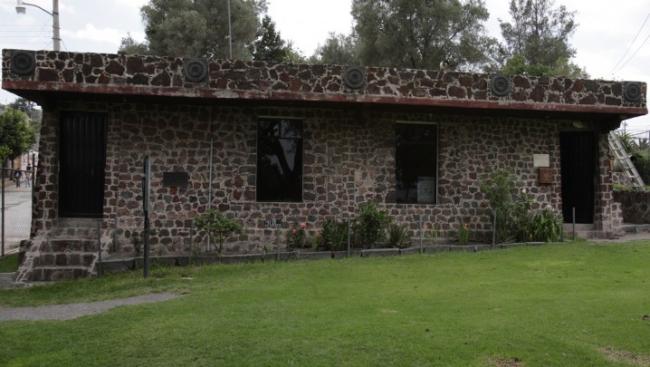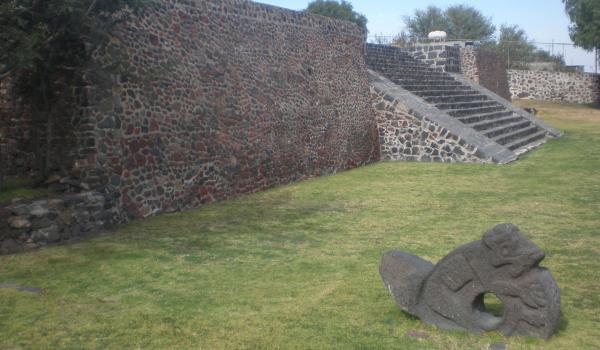The museum was set up as a result of the excavations of the archeological site of Chimalhuacan by Raúl García Chávez in 1991 whose purpose was to identify, mark out and recover the land upon which the ancient city stood. The museum was built as soon as the structures had been rescued and classified, and the objects had been safeguarded. It was opened in 1998 with a number of exhibition cases displaying the archeological collection but it only lasted till 2001, when it was forced to close on account of problems with the roof.
After repairs it reopened to the public in 2008, at the request of the municipal authorities. The project was managed by the archeologist Raúl García Chávez who planned the displays around the tecpan, a Postclassic palace structure discovered at the archeological site. Three-dimensional architectural models were made of this and other buildings from archeological sites in the basin of Mexico to give visitors an appreciation of how the tecpan functioned as the governors’ residence in pre-Hispanic times.
The museum is located at the entrance to the archeological site and consists of a gallery divided into ten modules covering life in the Pleistocene (from two million to 12,000 years ago), the geographical context, comparisons between the Chimalhuacan tecpan and the palaces of Teotihuacan, the conquest of Azcapotzalco by the forces of the Triple Alliance, the palaces of the Central Highlands, the confederation of Acolhuacan (of which Chimalhuacan formed a part), the chapel of San Andrés built over the tecpan in the viceregal period and the everyday life of the ethnic groups of the region.
The museum collection consists mainly of pieces of pre-Hispanic ceramics. There are some representatives of the Classic period such as those from Xico, State of Mexico, which are from the Miccaotli phase (150-200). Others are from the Late Postclassic (1430-1521): the female deities known as Xilonen, gods of tender corn used in family rituals, as well as the fragments of a figure of Quetzalcoatl, and pots for serving food, clay molcajetes, fragments of a grinding stone, braziers, pieces worked in shell, polished stone and carved stone, as well as green stone objects.
The highlights of the exhibition include fragments of mammoth bones, a reproduction of the skull of Chimalhuacan Man, the original of which is 10,500 years old, as well as the donation of a canoe and fishing gear by an old local fishermen.





